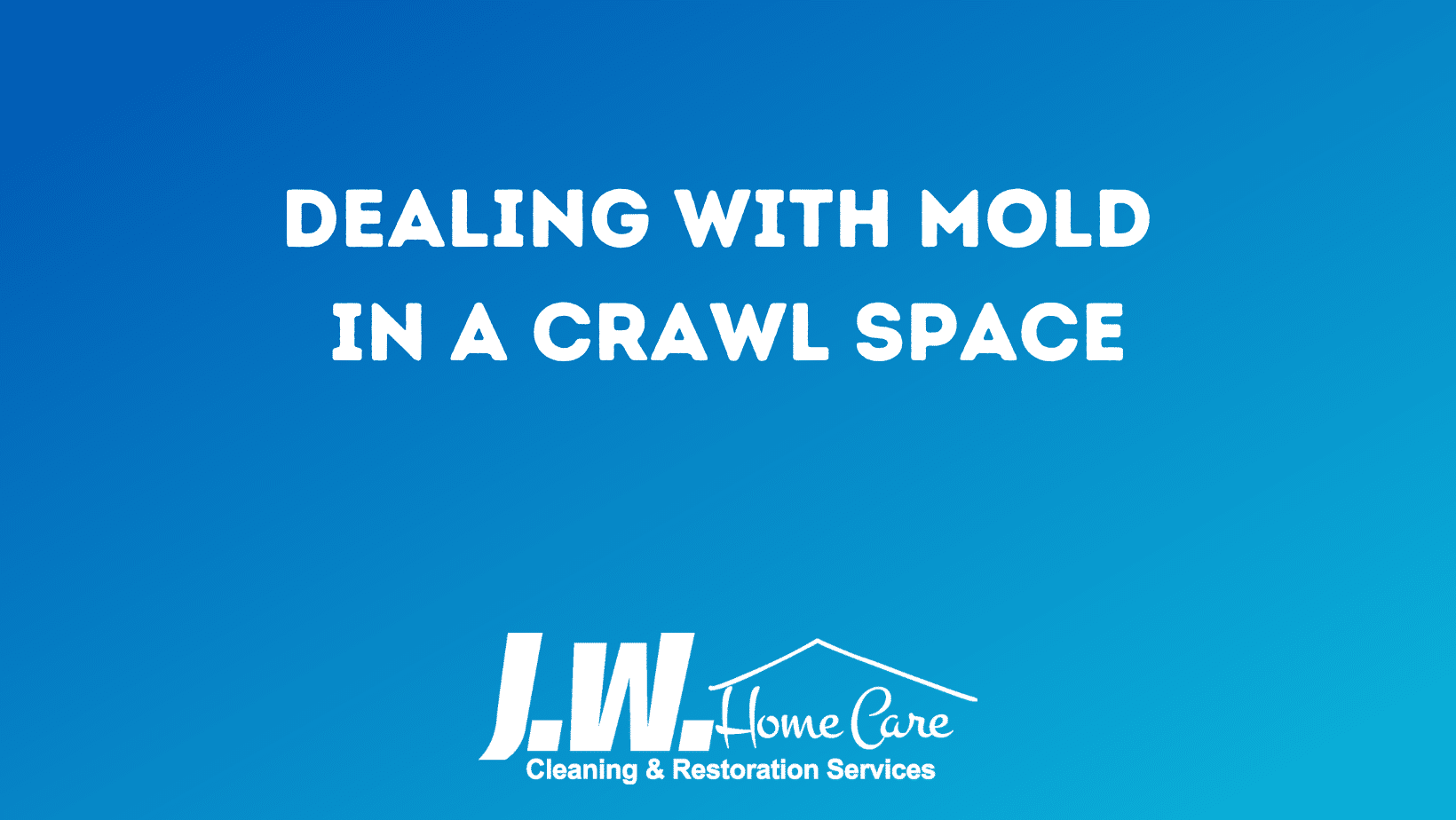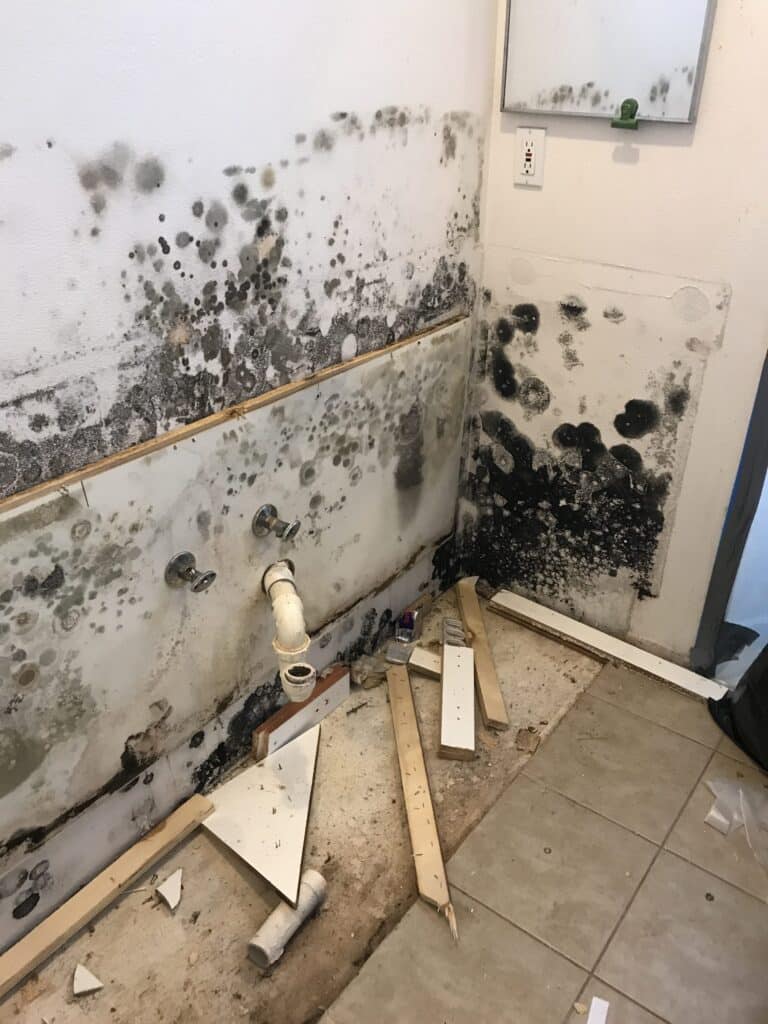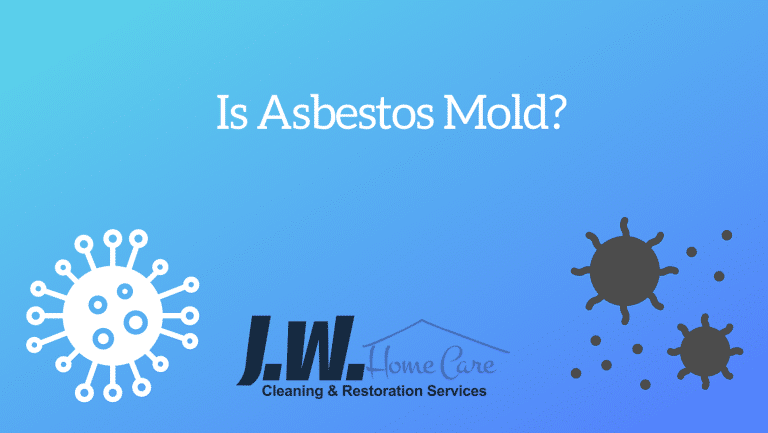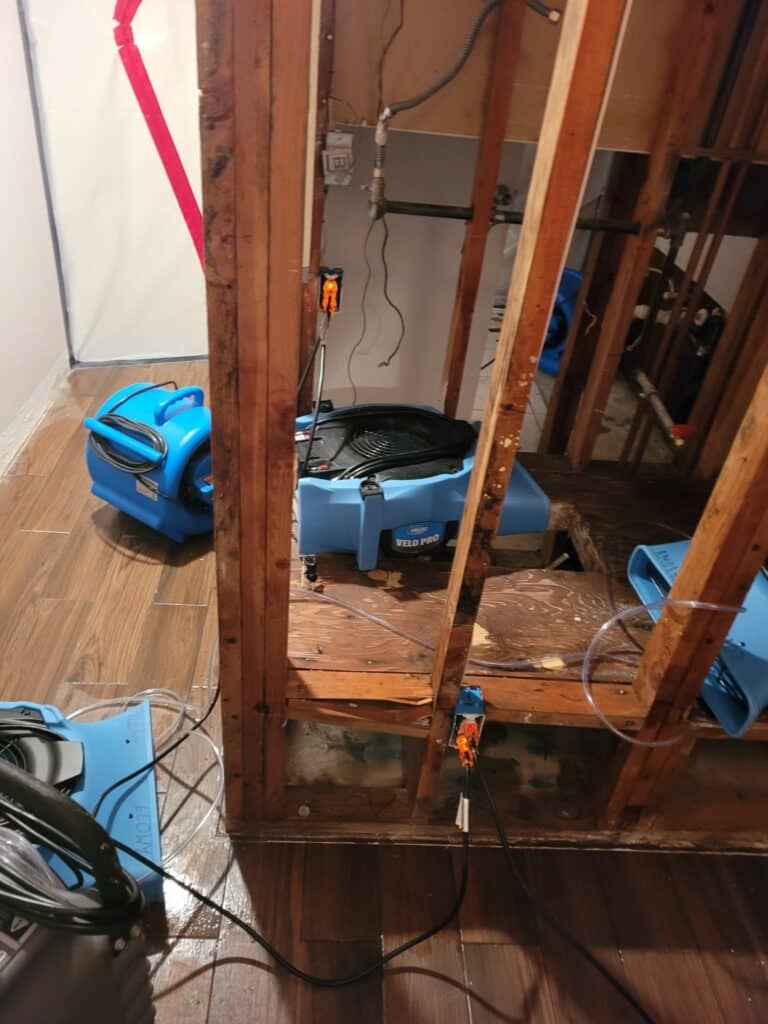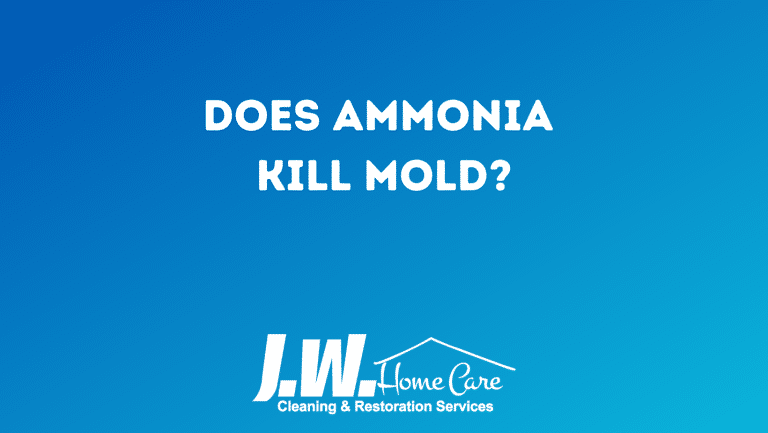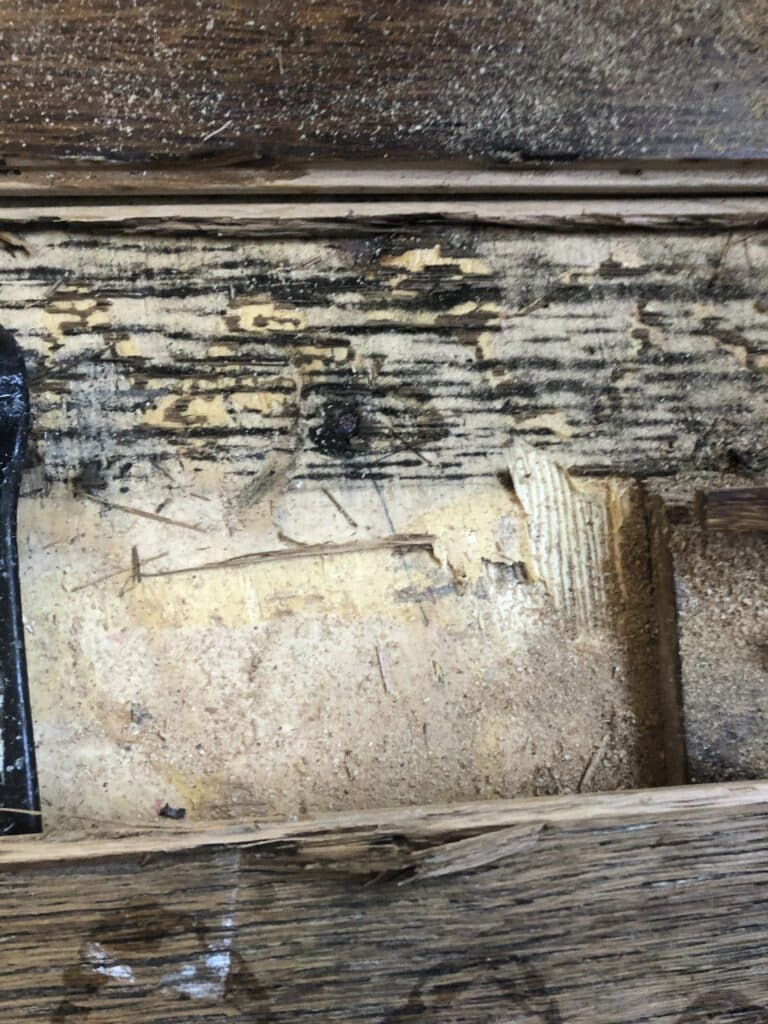Mold in Crawl Space
Comprehensive Guide to Addressing Mold in Crawl Spaces
Introduction
Mold in crawl spaces is a prevalent issue that homeowners must tackle to maintain a healthy living environment. Crawl spaces, often out of sight and out of mind, can become breeding grounds for mold if not properly maintained. Therefore, this detailed guide will explore the causes, dangers, and effective remediation strategies for mold in crawl spaces. Whether you’re dealing with black mold in a crawl space or seeking DIY mold remediation tips, this article aims to provide thorough and actionable information.
Understanding Mold in Crawl Spaces
What is Mold?
Firstly, Mold is a type of fungus that thrives in moist, dark environments. Secondly, it can grow on a variety of surfaces, including wood, insulation, and drywall. Thirdly, Mold spores are microscopic and can easily become airborne, spreading throughout your home and causing various health issues. Lastly, there are several types of mold commonly found in crawl spaces, including Aspergillus, Cladosporium, and Stachybotrys (black mold).
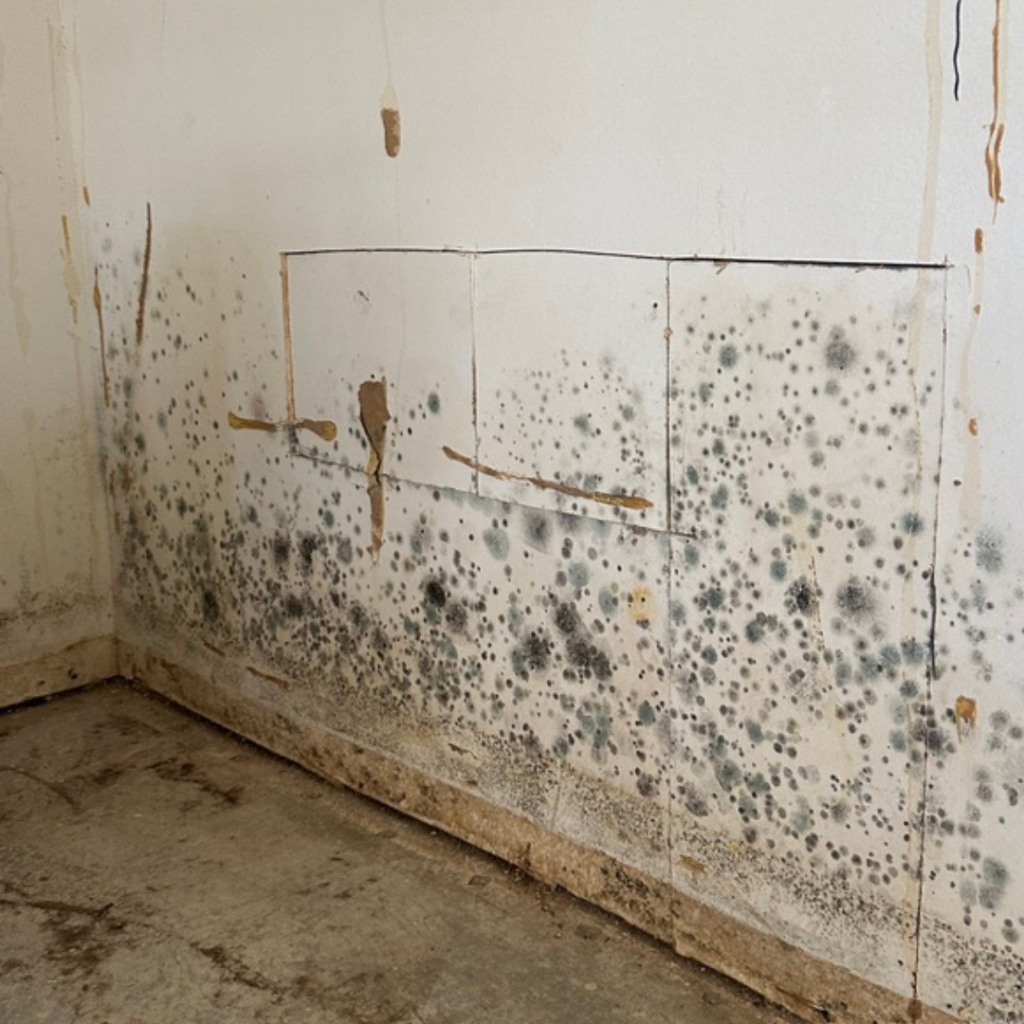
Why Does Mold Grow in Crawl Spaces?
Crawl spaces are particularly susceptible to mold growth due to their damp, dark conditions. Several factors contribute to this problem:
- Moisture: Crawl spaces often have high humidity levels, which provide an ideal environment for mold to thrive. Sources of moisture include ground moisture, leaks, and condensation.
- Poor Ventilation: Limited airflow in crawl spaces can lead to stagnant, moist air, further promoting mold growth. Without proper ventilation, moisture accumulates, creating a perfect habitat for mold.
- Water Intrusion: Leaks, flooding, or poor drainage around the foundation can introduce water into the crawl space, creating a breeding ground for mold. Improper grading around the home can exacerbate this issue, leading to water pooling near the foundation and seeping into the crawl space.
Identifying Mold in Crawl Spaces
Signs of Mold
Identifying mold in your crawl space early can prevent extensive damage and health issues. Look for the following signs:
- Musty Odor: A persistent, musty smell is a strong indicator of mold presence. This odor is often the first noticeable sign, even before visible growth.
- Visible Growth: Mold can appear as black, white, green, or even pink spots on surfaces. In some cases, mold may look like a fine, powdery substance, while in others, it may appear as fuzzy or slimy patches.
- Warped or Rotting Wood: Structural damage to wooden beams or floor joists may indicate mold growth. Mold feeds on organic materials, leading to decay and compromising the integrity of the wood.
- Allergic Reactions: Symptoms such as sneezing, coughing, and skin irritation can be caused by mold exposure. Individuals with asthma or other respiratory conditions may experience worsened symptoms.
The Dangers of Mold in Crawl Spaces
Health Risks
Exposure to mold can lead to various health problems, including:
- Respiratory Issues: Mold spores can cause asthma, bronchitis, and other respiratory conditions. Inhalation of mold spores can trigger asthma attacks and lead to chronic respiratory issues.
- Allergic Reactions: Symptoms such as sneezing, runny nose, and skin rashes are common. Mold exposure can also exacerbate existing allergies, leading to more severe reactions.
- Toxic Mold: Certain types of mold, like black mold (Stachybotrys), produce mycotoxins that can have severe health effects. Prolonged exposure to these toxins can lead to neurological problems, fatigue, and even memory loss.
Structural Damage
Accordingly, Mold can compromise the integrity of your home’s structure. Because it can cause wood to rot, weaken beams, and lead to costly repairs. In severe cases, mold can cause significant structural damage that requires extensive restoration efforts. Therefore, Addressing mold issues promptly can save you from expensive repairs and potential safety hazards.
Crawl Space Mold Remediation
Step-by-Step Remediation Process
- Inspection and Assessment
- Firstly, Conduct a thorough inspection to identify the extent of mold growth and moisture sources. Use a flashlight to check dark corners and hidden areas.
- Use a moisture meter to detect hidden damp areas. High moisture readings indicate areas that may be prone to mold growth.
- Containment
- Seal off the affected area to prevent mold spores from spreading to other parts of the home. Use plastic sheeting and duct tape to create a barrier.
- Close vents and openings to isolate the crawl space from the rest of the house.
- Personal Protective Equipment (PPE)
- Wear appropriate PPE, including gloves, masks, and goggles, to protect yourself from mold exposure. A respirator mask is recommended to avoid inhaling mold spores.
- Removal of Contaminated Materials
- Remove and dispose of mold-infested materials, such as insulation, wood, and drywall. Then, place contaminated items in sealed bags to prevent spores from escaping.
- Cut out and replace any heavily damaged sections of wood or insulation.
- Cleaning and Disinfecting
- Clean all surfaces with a mold-specific cleaner or a mixture of water and detergent. Then, use a scrub brush to remove mold from porous surfaces.
- Disinfect the area with a solution of bleach and water (1 cup of bleach per gallon of water). So, Be sure to follow safety guidelines when using bleach, as it can be hazardous.
- Drying the Area
- Use dehumidifiers and fans to thoroughly dry the crawl space. Proper drying is crucial to prevent mold from returning.
- Ensure proper ventilation to prevent future moisture buildup. By installing vents or exhaust fans, it can help maintain airflow and reduce humidity.
- Repairs and Prevention
- Repair any leaks or water intrusion sources. Check for and fix any plumbing leaks, foundation cracks, or roof issues.
- Install a vapor barrier to reduce moisture. A vapor barrier helps prevent ground moisture from seeping into the crawl space.
- Consider adding insulation to control humidity levels. Insulating the crawl space can help maintain temperature and moisture control.
DIY Mold Remediation for Crawl Spaces
Tools and Materials Needed
- Moisture meter
- Plastic sheeting
- Duct tape
- PPE (gloves, masks, goggles)
- Mold-specific cleaner or detergent
- Scrub brush
- Bleach
- Dehumidifiers and fans
- Vapor barrier
Step-by-Step DIY Guide
- Inspection
- Use a moisture meter to identify damp areas. Moisture readings above 20% indicate potential mold problems.
- Visually inspect for signs of mold. Look for discoloration, musty odors, and water stains.
- Containment
- Seal off the crawl space to prevent mold spread. Use plastic sheeting and duct tape to create a barrier.
- Personal Protection
- Wear gloves, masks, and goggles. A respirator mask is recommended to avoid inhaling mold spores.
- Material Removal
- Safely remove mold-infested materials. Place contaminated items in sealed bags to prevent spores from escaping.
- Cleaning and Disinfecting
- Clean surfaces with a mold-specific cleaner. Use a scrub brush to remove mold from porous surfaces.
- Disinfect with bleach solution. Follow safety guidelines when using bleach.
- Drying
- Use dehumidifiers and fans to dry the area. Proper drying is crucial to prevent mold from returning.
- Prevention
- Repair water sources and install a vapor barrier. A vapor barrier helps prevent ground moisture from seeping into the crawl space.
Professional Crawl Space Mold Remediation
When to Call a Professional
While DIY methods can be effective for small mold issues, large infestations require professional intervention. Contact a mold remediation specialist if:
- The affected area exceeds 10 square feet. Large mold infestations require professional equipment and expertise.
- You suspect black mold. Black mold produces mycotoxins that can be hazardous to health.
- There are underlying structural issues. Mold can compromise the integrity of your home’s structure, requiring professional repairs.
Choosing a Mold Remediation Company
When selecting a remediation company, consider the following:
- Experience: Look for companies with extensive experience in crawl space mold remediation. Experienced companies are better equipped to handle complex mold issues.
- Certifications: Ensure they have proper certifications, such as those from the Institute of Inspection, Cleaning, and Restoration Certification (IICRC). Certified professionals follow industry standards and best practices.
- Reviews: Check online reviews and ask for references. Positive reviews and testimonials indicate a reputable company.
Preventing Mold in Crawl Spaces
Regular Inspections
Conduct regular inspections of your crawl space to identify and address mold issues early. Early detection can prevent extensive damage and costly repairs.
Moisture Control
Implement the following moisture control strategies:
- Seal Cracks and Gaps: Seal any cracks or gaps in the foundation to prevent water intrusion. Use caulk or sealant to fill in gaps.
- Improve Drainage: Ensure proper drainage around your home’s foundation. Install downspouts and gutters to direct water away from the foundation.
- Install a Vapor Barrier: A vapor barrier can significantly reduce moisture levels in your crawl space. Vapor barriers are typically made of plastic sheeting and are installed on the ground and walls of the crawl space.
- Ventilation: Improve ventilation to promote airflow and reduce humidity. Install vents or exhaust fans to maintain airflow and reduce humidity levels.
Dehumidifiers
Use dehumidifiers to maintain optimal humidity levels in your crawl space. Aim for a humidity level below 60%. Dehumidifiers help remove excess moisture from the air, reducing the risk of mold growth.
Insulation
Proper insulation can help control moisture and temperature, reducing the risk of mold growth. Insulating the crawl space can help maintain a consistent temperature and prevent condensation.
Common Questions About Mold in Crawl Spaces
Will Vinegar Kill Mold in Crawl Spaces?
Vinegar can kill some types of mold, but it may not be effective against all species. For extensive mold problems, professional remediation is recommended. Vinegar is a natural disinfectant, but it may not be strong enough for severe mold infestations.
How to Treat Mold in Crawl Spaces?
Treatment involves removing contaminated materials, cleaning surfaces, disinfecting, and drying the area. Professional help is advised for large infestations. Effective treatment requires thorough cleaning and moisture control to prevent mold from returning.
How to Get Rid of Crawl Space Mold?
Effective mold removal includes inspection, containment, removal, cleaning, disinfecting, drying, and prevention. Following a comprehensive remediation process ensures that mold is thoroughly removed and future growth is prevented.
Conclusion
Mold in crawl spaces poses significant health and structural risks. Understanding the causes, signs, and remediation techniques is crucial for maintaining a healthy home. Whether you opt for DIY methods or professional assistance, addressing mold promptly and effectively will safeguard your property and health.
By following the steps outlined in this guide and implementing preventive measures, you can ensure a mold-free crawl space and a healthier living environment. Regular inspections, moisture control, and proper ventilation are key to preventing mold growth and maintaining a safe home.
Final Thoughts
Therefore, Addressing mold in crawl spaces is not just about remediation; it’s about prevention and maintenance. By staying vigilant and proactive, you can protect your home from the damaging effects of mold. For homeowners, understanding the importance of crawl space care and taking the necessary steps can lead to a healthier, safer living environment.
So, For those dealing with persistent mold issues or large infestations, professional help is always a wise choice. Mold remediation experts have the tools, knowledge, and experience to handle even the toughest mold problems effectively.
Recap
To summarize, tackling mold in crawl spaces involves:
- Regular inspections to catch mold early.
- Proper moisture control strategies.
- Effective remediation techniques, whether DIY or professional.
- Preventive measures to keep mold at bay.
By following this comprehensive guide, homeowners can effectively address and prevent mold in crawl spaces, ensuring a healthier home for their families. Remember, the key to successful mold management is a combination of prompt action, thorough remediation, and ongoing prevention efforts.
Thank you for reading, and here’s to a mold-free home!
Frequently Asked Questions (FAQs)
What causes mold in crawl spaces?
Mold in crawl spaces is primarily caused by moisture, poor ventilation, and water intrusion. High humidity levels and stagnant air create an ideal environment for mold growth.
How can I prevent mold in my crawl space?
Prevent mold by conducting regular inspections, controlling moisture levels, improving drainage, sealing cracks, installing a vapor barrier, and using dehumidifiers.
Is it safe to remove mold from my crawl space myself?
For small mold issues, DIY remediation can be safe if proper precautions are taken. However, for large infestations or black mold, professional remediation is recommended.
How often should I inspect my crawl space for mold?
Inspect your crawl space at least twice a year, or more frequently if you live in a humid climate or have had previous mold issues.
Can mold in crawl spaces affect indoor air quality?
Yes, mold spores can become airborne and enter your living space, affecting indoor air quality and potentially causing health problems.
By following the steps outlined in this guide, you can effectively manage and prevent mold in your crawl space, ensuring a safer and healthier home environment.

